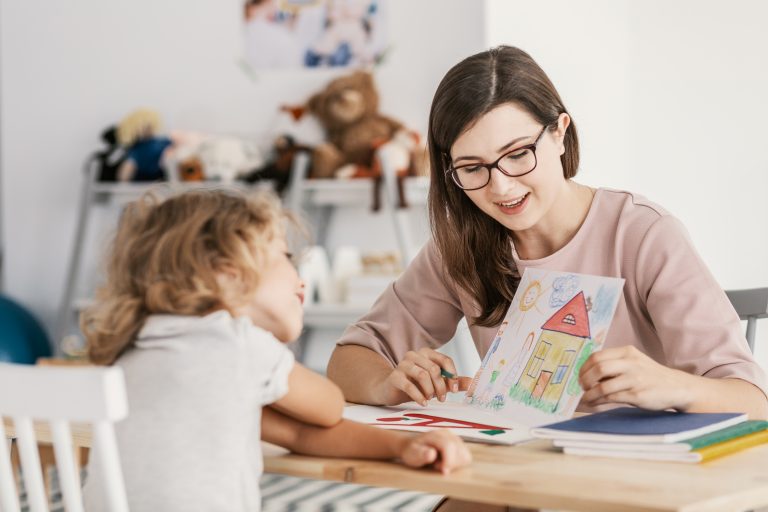Goals are related to the student’s disability and are not limited to academic areas only.
The IEP for a student is written for the whole child including academics, behavior, and social-emotional learning. For every need listed in the PLAAFP, there must be either a corresponding goal or it should address how that need will be met. Not every need listed in the PLAAFP requires a goal and service but must be addressed.
Goals must include the skill that is targeted, baseline data, expected outcome, how it will be measured, and how often it will be measured. Use the SMART goal acronym to help: specific, measurable, achievable, relevant, and timely. Example: Trish will correctly read 80% (50% baseline) of multisyllabic words using syllabication strategies measured weekly using a teacher-generated list of unknown words.
For the measurement piece of the goal, I recommend using percentages. This gives you more flexibility with number trials to get a percentage. You can assess for 4 out of 5; or 8 out of 10; but the overall expectation of mastery is still 80%. That being said, there are some goals that a percentage does not make sense to use. Use your professional judgment to make that determination.
One of the greatest errors I see with goal writing is using 0% for baseline data because the data was not collected. In order for a goal to be ambitious, you have to know what a student can do in relation to the proposed goal. If the baseline is 0% because the student does not know the skill/task at all, then the goal is not achievable.
Another area of challenge is writing a goal that is measurable. I always ask myself how I will measure a goal, and if I’m struggling to think of an assessment tool, I know the goal is not measurable.
I recommend weekly data collection as well. Daily is not realistic; just think, if you or the student is absent all of a sudden you are out-of-compliance for data collection. Monthly is too long to measure and does not give you enough time to adjust instruction if needed. Weekly is the best of both worlds; timely and realistic.
Another area often not addressed is the ambitious part of goals. This ties back into not using 0% as a baseline because the goal is too difficult if the baseline is 0%. The opposite is also true, rarely do goals require 100% accuracy. I think about any goal I’m working on personally and I cannot reach 100% of the time. If we can’t do it as adults, do not set up your students for failure.
After you write the goal(s) for your student make sure to go back to the IEP Connection Worksheet to ensure all required areas are included and there is a clear connection back to the PLAAFP.

